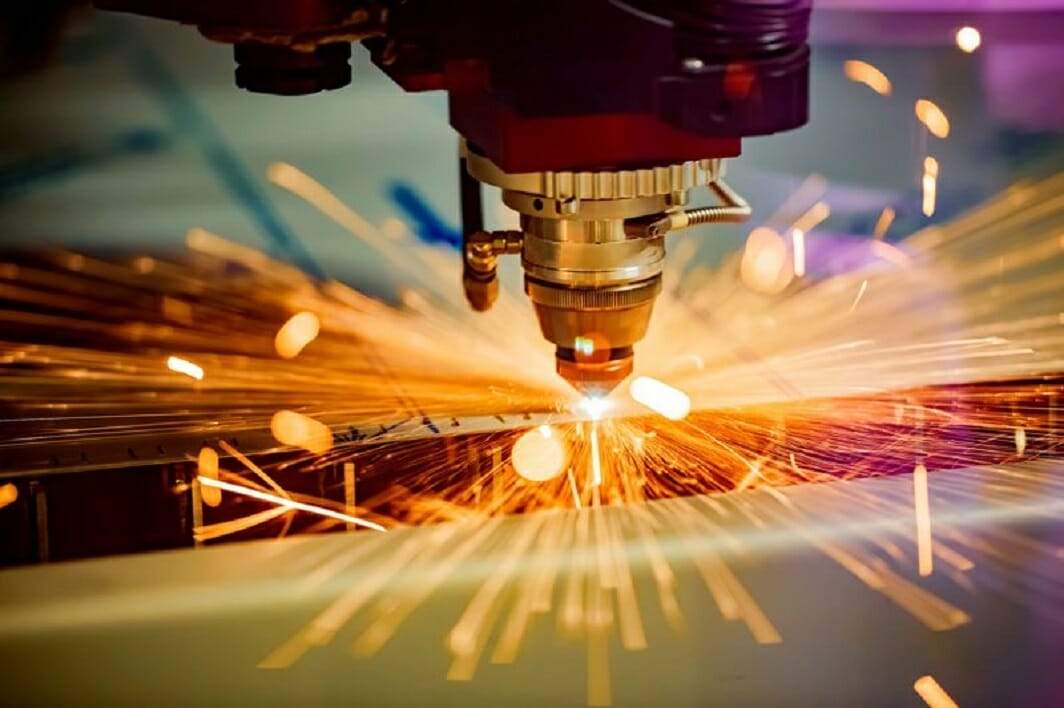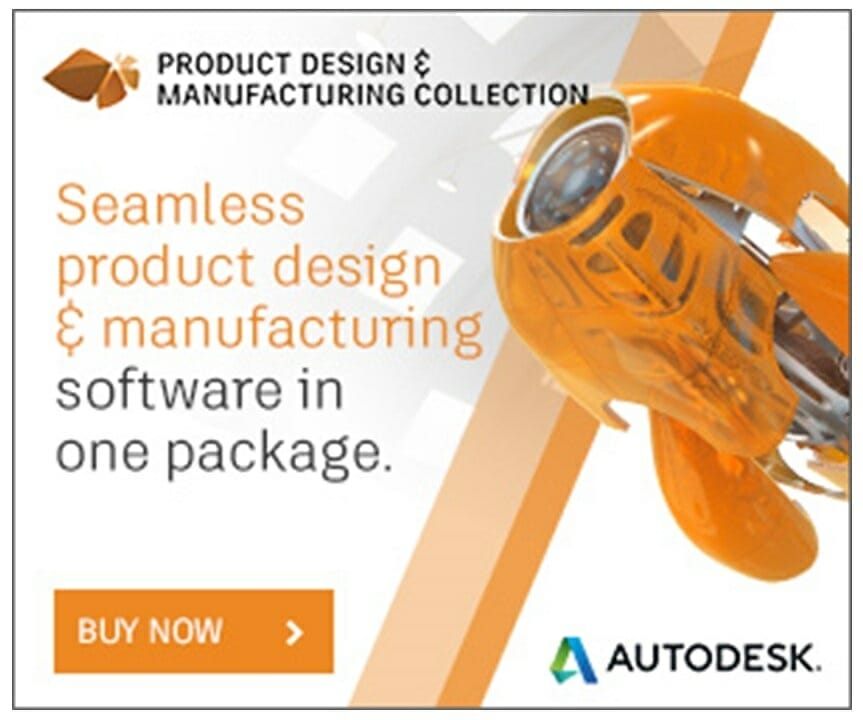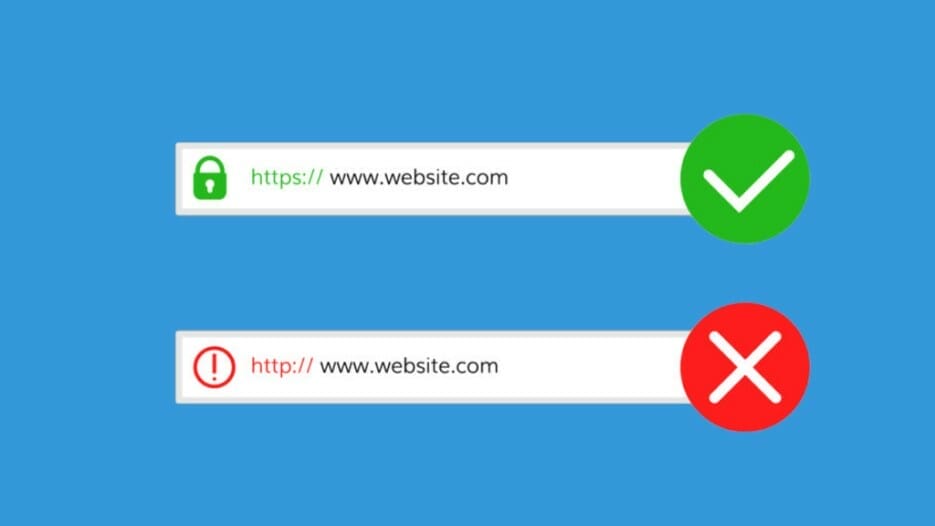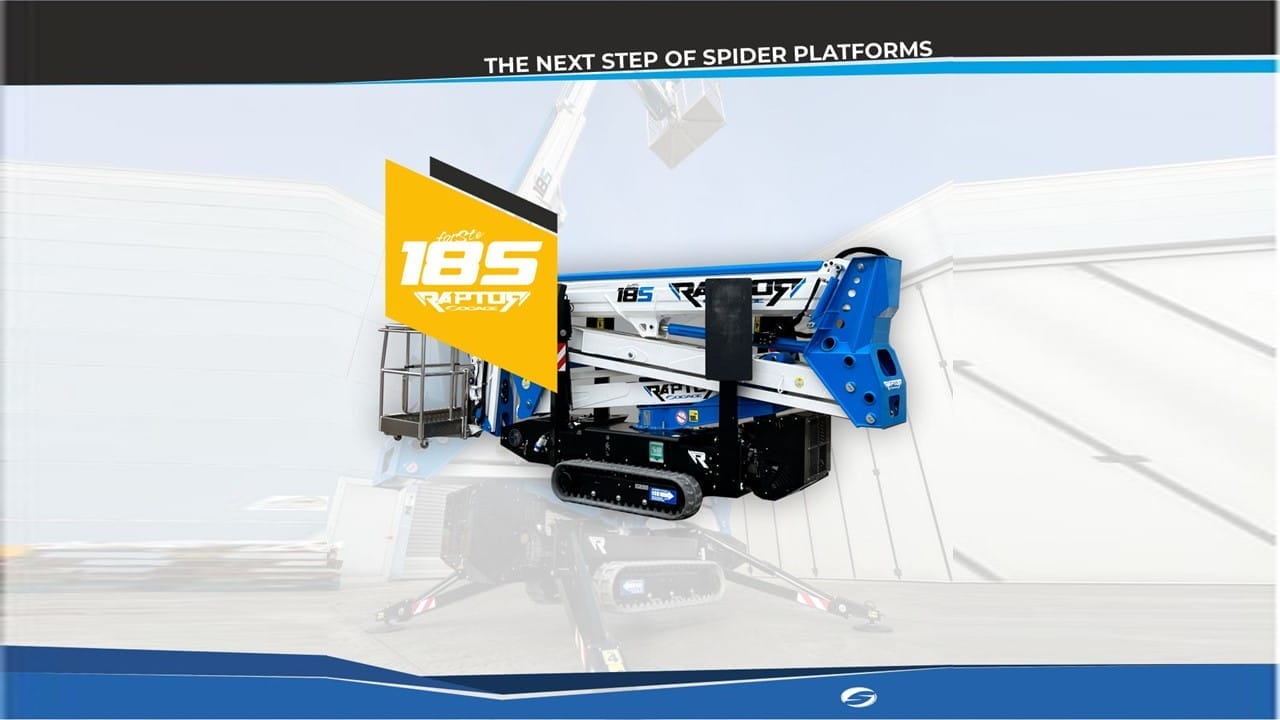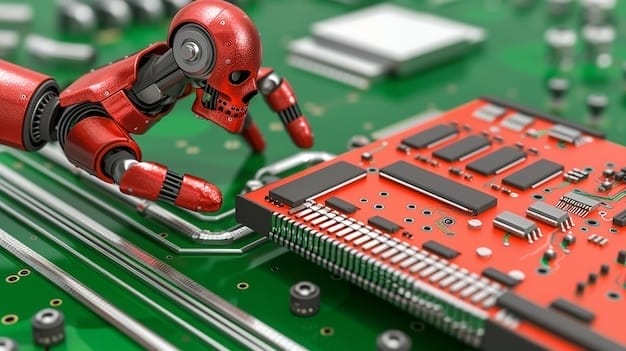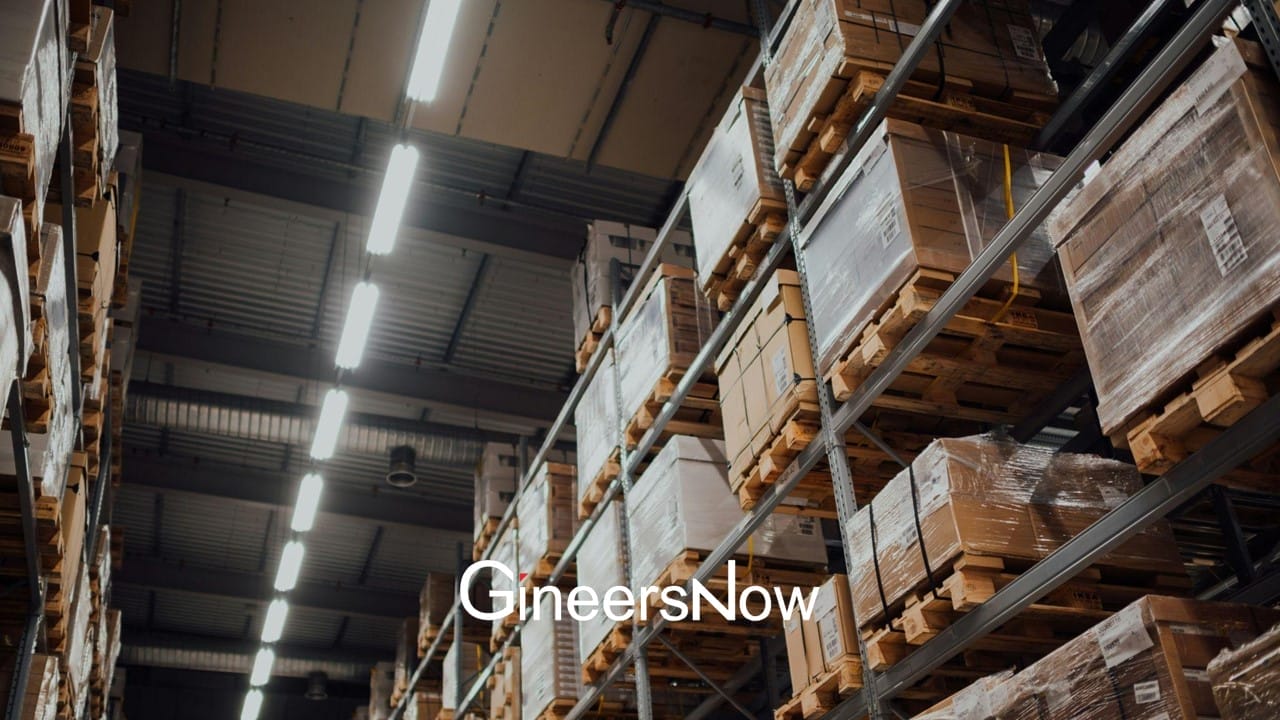4 Trends that are Redefining the Manufacturing Sector
We’re now officially entering the industry 4.0 revolution, and new technologies are allowing manufacturers to use IT and advanced manufacturing capabilities throughout their product’s lifecycle. The long-term prospects for manufacturing sector are unclear, but in many ways are starting to resemble science fiction. However, we can make solid predictions for the near future based on things going on in the industry right now. Let’s take a look at some of the trends that are redefining manufacturing sector as we know it. We’ll explain what’s driving these trends and their future impact on manufacturing sector.

Predictive Maintenance
The Internet of Things or IoT allows organizations to track many variables related to their manufacturing equipment in real-time, which could give them more time to address issues before it’s too late or to know when systems may be due for routine maintenance. This could give them warnings that a motor is overheating or vibrating too much, for instance, allowing them to take action before a catastrophic failure.
Advanced data analysis and mining historical data on production systems are allowing businesses to engage in predictive maintenance. Now they know the earliest warning signs of serious problems, and they can schedule maintenance when there is minimal downtime. Better yet, they can determine the optimal maintenance schedule for their particular application, minimizing maintenance costs, equipment wear and tear, and downtime.

Initial industry studies show that this can reduce unplanned downtime by 50 percent. Overall maintenance costs fall by roughly 20 percent. And you could also end up adding years of life to your manufacturing equipment as a result. Given the amount of money saved, businesses can’t ignore the value of IoT sensors and predictive technologies and we can expect them to become the norm over the next few years.
Faster Data-Driven Decisions
Businesses are shifting from build to stock to build to order. Resource planning software is enabling rapid flow down of orders and allows firms to adjust operations on the fly as new market data comes in.
This allows them to have tighter control over inventory. They don’t need to build units that aren’t wanted anymore and can start on the new orders sooner. The internet of things facilitates this as well, as managers can respond to problems as they’re developing on the shop floor. ERP also streamlines operations like procurement and manufacturing planning, allowing businesses to reduce overhead costs.

Lower Production Costs Due to Advances in Technology
3D printing is making it easier to make a number of items. Furthermore, it allows them to make complex parts on-demand instead of making them and storing them in the hope they’ll sell. 3D printing dramatically reduces the cost of prototypes and small production runs. Advanced CNC machines can create complex parts far faster than traditional machining methods, and they require almost no supervision. These technologies allow for both faster and cheaper production. This is especially true for small production lots and unique items.
These advances are also making collaboration much easier and allow manufacturers to gain from the expertise of foreign firms while cutting on costs. For example, Chinese manufacturers like RapidDirect can receive your file and begin production immediately. They’ll deploy the data files to hundreds of CNC machines, 3D printers, and other production lines. They can finish the product in a matter of days before shipping it back to you. You can take advantage of lower labor costs without sacrificing quality, and you’ll get faster turnaround on your prototypes and small production lots.

The Evolving Business Ecosystem
One way businesses are changing is by shifting from business-to-business to business-to-business-to-consumer or selling to businesses as well as to consumers. There are a number of reasons to do this.
One is to protect profit margins since you can earn more money per item by selling directly to the consumer. Another reason is to maintain tight control over your brand. For some businesses, it is a way to speed up market testing. They may sell several products to retailers but offer trial products to consumers to determine if there is a large market for it.

Other firms are focusing on their own area of expertise while leveraging their supply chain. Some traditional manufacturers are now contracting manufacturers and making products for other people. More people are also aware of things like white labeling and dropshipping than ever before, which has a direct effect on demand.
Some firms focus on product design and marketing while letting contract manufacturers make their products. Yet other firms focus on logistics, warehousing, and shipping. Some continue to make and ship products, but they offer other businesses access to their supply chain and business intelligence for a price.

Conclusion
Businesses must invest in technology and skilled people to remain. They may need to build their organizational capabilities, shift business models or adapt in other ways. But standing still isn’t an option unless you want to be left behind.


